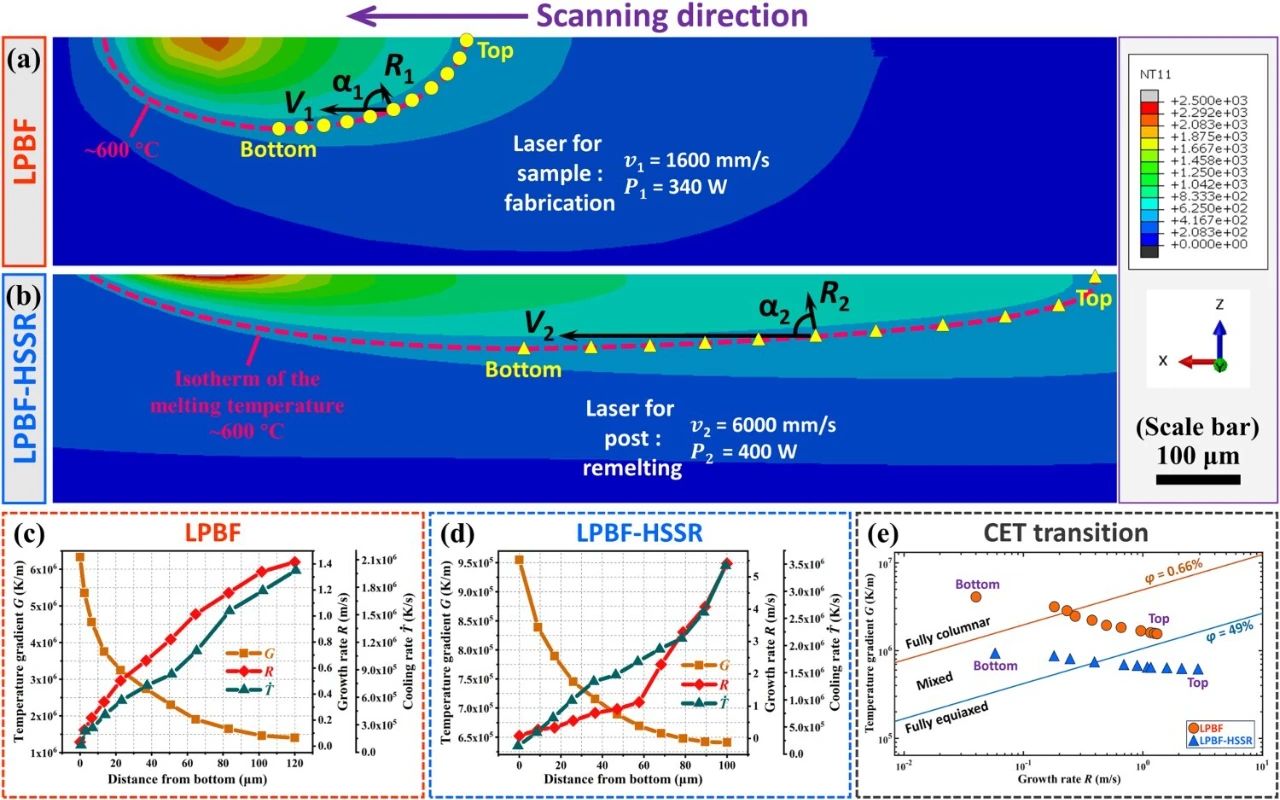
On January 11, 2024- Orienspace launched the Gravity-1 Y-1 commercial carrier rocket. The rocket delivered the Yunyao-1 No. 18-20 satellites into their predetermined orbits, Gravity-1 Y-1’s launch mission achieved complete success. Bright Laser Technologies (BLT) provided vital metal additive manufacturing (AM) support for the development of critical parts in Gravity-1 Y-1.

Why adopt Additive Manufacturing in Gravity-1 Program?
The main bundle related components of Gravity-1 Y-1 are large in size and they are all feature complex geometries that are prone to deformation. These components pose challenges in traditional manufacturing methods, such as high processing difficulty, long production cycles, and low material utilization. However, utilizing DED-LB/M technology enables the rapid production of these large structural components.
How was BLT’s Additive Manufacturing expertise implemented in the Gravity-1 Program?
BLT was involved in the development of “Gravity-1” and utilized DED-LB/M technology to produce the main bundle related components for the Orienspace. BLT’s DED-LB/M technology achieves near-net shaping of large-sized complex-shaped components, which reduces the production cycle and cost of the components, shortens the development cycle, significantly improves material utilization, and reduces manufacturing costs.?After examination, it has been verified that the room temperature tensile mechanical properties of TC11 titanium alloy parts are reliable, with a tensile strength of ≥1060 MPa and a yield strength of ≥885 MPa, meeting the technical requirements and ensuring product quality. Furthermore, after the solidification process, the cost and production cycle meet the demands for mass production. BLT utilized multiple machines simultaneously printing to produce over 30 main bundle related products in batch for the client. The formed components exhibit high consistency in quality performance, meeting the stringent requirements for aerospace applications, thereby contributing to the successful launch of the rocket into space.
In recent years, aerospace components have been trending towards larger sizes, increased complexity, and integrated structural functionality. Metal 3D printing technology plays a significant role in accelerating the development and iteration of aerospace components and promoting high-quality advancements in the aerospace industry. Currently, BLT has made significant progress in PBF-LB/M, DED-LB/M, and WAAM processes, successfully assisting commercial aerospace clients such as Orienspace, i-Space, and LandSpace in realizing their “space dreams.”
Nowadays, BLT has a customer base of over 30 companies in the commercial aerospace industry. We provide comprehensive support for our customers, including optimized design, technical consultation, parts development, and equipment matching. With over a decade of experience in customized product manufacturing, structural optimization design, a well-established technology R&D matrix, and proven engineering expertise, BLT’s equipment and powder products enable fast research and efficient small-batch customization of components for commercial aerospace users with complete industry support.



